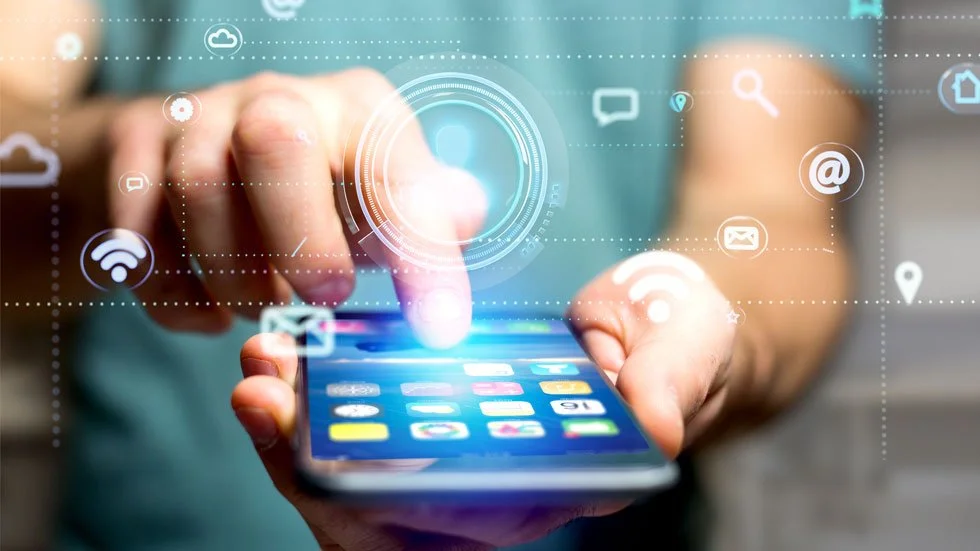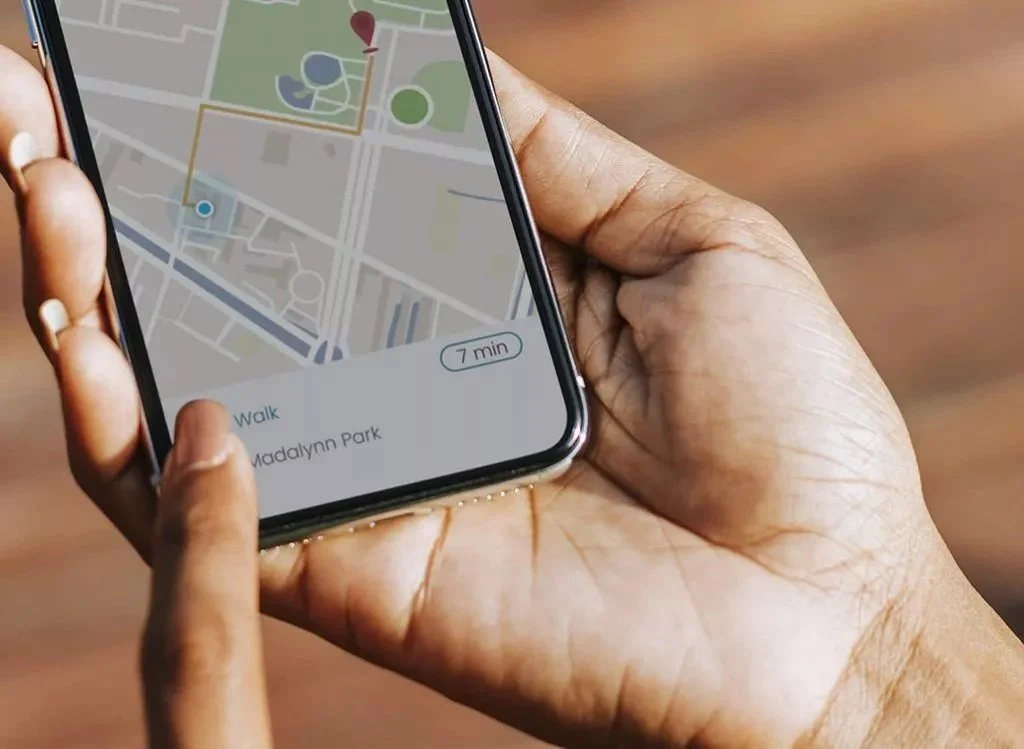
Electronic Visit Verification (EVV)
Support Form
Support Line
(623) 233-1770
Approving Timesheets
Download instructions HERE:
Editing Your Schedule
What is Electronic Visit Verification (EVV)?
Pursuant to Section 1903 of the Social Security Act (42 U.S.C. 1396b), also known as the 21st Century Cures Act, in order to prevent a reduction in the Federal Medical Assistance Percentage (FMAP), AHCCCS is mandated to implement Electronic Visit Verification (EVV) for non-skilled in-home services (attendant care, personal care, homemaker, habilitation, respite) and for in-home skilled nursing services (home health.) AHCCCS is mandating EVV for personal care and home health services beginning January 1, 2021.
*AHCCCS has received a one-year approval to implement by January 1st, 2021.
Family Care Connections’ EVV system, must at a minimum, electronically verify the:
Type of service performed
Individuals receiving the service
Date of the service
Location of service delivery
Individuals providing the service
Time the service begins and ends
Frequently Asked Questions (FAQ)
-
No. Paper timesheets are not allowed once EVV has started unless one of the situations below applies to you. If you are allowed to use a paper timesheet, the caregiver is still required to use a device that stays in your home that gives a number that records the date and time they started and ended the service (FOB or token device). The use of paper timesheets without this device or for other reasons than what is listed below is not allowed. You are only allowed to use a paper timesheet if you have a FOB/token device that stays in your home AND:
The caregiver and I live in places with no phone in the home, no cell phone service, or no internet service.
I use an electronic device and it would make me sick, nervous, or scared.
My church or beliefs will not let me use an electronic device.
My caregiver lives with me.
I can get services from my caregiver whenever I want because my caregiver is always around to help me when I need it.
-
Yes. Some devices are more flexible than others for individuals who receive services that start in one place and end in another. For example, if your caregiver is using a smartphone for EVV, you can start services in one place and end in another place.
-
Yes.
Provider agencies will help both you and your caregiver learn how to use the device. There will be time to learn and get used to the device. While still learning how to use the device, if things don’t work exactly right at first, the provider agency has ways to fix it so that the agency and the caregiver can still get paid. After some training and a period of time to try it out, the provider agency can discuss some other “low-tech” options for EVV.
-
The smartphone is the most popular device. Some smartphones can still work for EVV in areas without cell phone or internet access. If you live in an area with no cell phone or internet access but your caregiver does, sometimes they can still use a smartphone for EVV. Some smartphones collect the data at your house and send the data once your caregiver is in a place with cell or internet service. If for some reason a smartphone won’t work, there are options for EVV that don’t require a landline, cell or internet service.
-
1. Tap the App store on your phone.
2. Tap the Search bar at the top of the screen.
3. Use the keyboard to type ‘sandata mobile connect’ and tap Search.
4. Tap Sandata Mobile Connect. Do not tap ‘Sandata MVV’.
5. The app will install on your device.
-
Mobile EVV apps that leverage GPS tracking on caregiver smartphones
Interactive voice response (IVR), which allows caregivers to call a phone number from the client’s landline phone at the start and end of each visit
Fixed devices that remain at a client’s home for the duration of care
-
You must call, text or email the support team with in 1 hour and notify them of your situation. Failure to do this result in an unpaid visit.
Helpful Videos
For android devices
For iPhone devices
Guardian Tutorial
Spoke Choice


